How to Start a Rock Garden: 4 Rock Garden Ideas to Help You Get Inspired
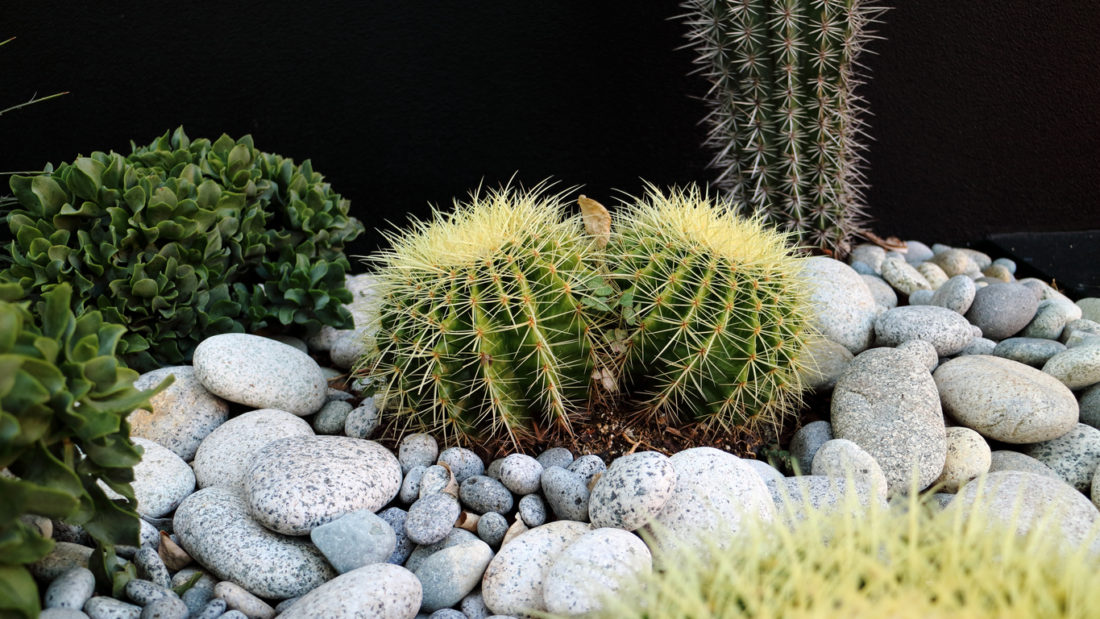
Rock garden ideas are often some of the best, easiest, and most cost-friendly garden designs to spruce up your outdoor space. They’re perfect for big or small garden areas, and bring a beautiful, natural element to your garden. Whether you’re looking for simple garden ideas, or you’re even trying to attract wildlife to your home, learning how to create a rock garden can help!
What is a Rock Garden?
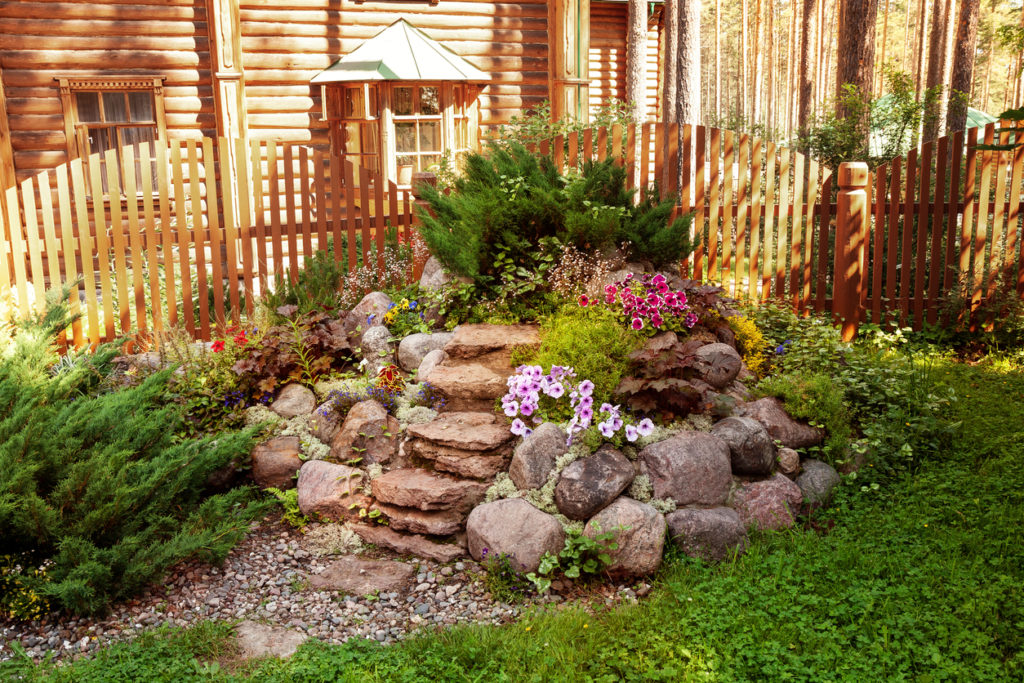
Firstly, what is a rock garden? A rock garden is a little more than spreading gravel or small rocks around your garden and calling it a day. Many rock gardens originated from Japanese rock gardens or Zen rock gardens. These were created to give people a place for meditation and to help people connect with the spirit of nature. Whatever you use your rock garden for, it’s a unique and refreshing way to bring life back to your outdoor space.
What Do You Put in a Rock Garden?
The purpose of a rock garden is to arrange rocks and stones to create a beautiful design. You can also include various types, colours and sizes of stone, as well as other elements, including plants, moss, water features, and sand. There’s no one right way to create a rock garden. Therefore, finding the natural elements you love to look at is important for creating a rock garden that's right for your home.
How to Plan for a Rock Garden
When it comes to creating a rock garden, there’s a little more work involved than just tossing a few stones in your garden...
- Firstly, you’ll want to look at your space. Where can your rock garden fit? Where will it look best? Determine whether it’s in full sun, full shade, or a mix of the two. This will help you decide which plants will grow best there.
- Secondly, come up with your design. You can look at plenty of inspiration to come up with rock garden ideas. We have four rock garden design ideas down below!
- With your design drawn, it’s time to do some research. You’ll want to learn how to start a rock garden, what you’ll need to do it, and anything you might need to consider. This guide will give you all that information.
- Consider your style. How do you want your rock garden to look? Do you like the idea of a more traditional, Japanese-inspired rock garden? If that’s the case, you may want to use smooth, smaller rocks or white-coloured gravel. If you like the look of a rugged, more natural rock garden, then larger, jagged stones may be best.
Factors to Consider for Your Rock Garden
- Certain rock garden ideas, especially ones that incorporate natural wildflowers or water features, may attract wildlife to your garden. Be prepared if you go that route!
- You’ll want to make sure your rock garden has good drainage. Consider this as you decide where to put your rock garden. Try to find a location that has sloping sides, or at least a spot that doesn't end up with standing water.
How to Maintain Rock Gardens
Due to the nature of rock gardens, most plants you choose will more than likely be drought-tolerant. Rocks naturally help with good drainage, so flowers and plants that prefer drier soil are ideal. That means maintaining rock gardens is relatively simple! You may need to fertilise your plants every few months, but you’ll rarely need to prune back any plants. The biggest part of maintaining a rock garden is weeding. You can get a head start on that by digging up perennial weeds before you build a rock garden.
What Plants Are Best for Rock Gardens?
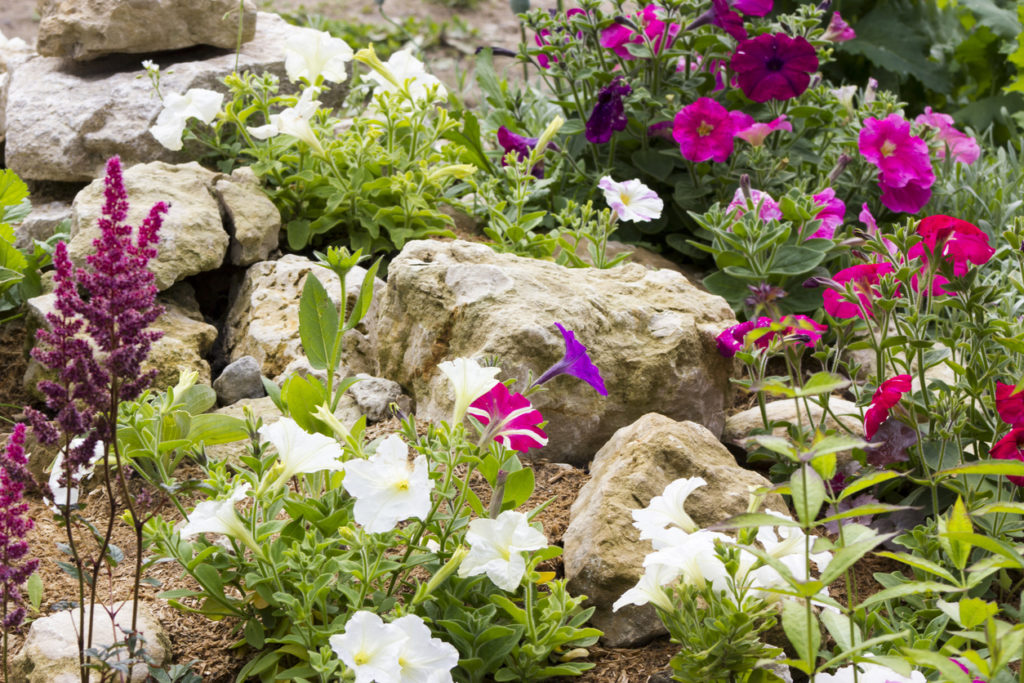
Naturally, you’ll want to choose the best plants for rocky soil. Along with thriving among small stones and rocks, these plants will need to be relatively drought tolerant. Here are some of our favourites:
- Columbine: small flowers that come in an assortment of colours. These flowers love full sun or partial shade and medium water levels. They’re great for attracting wildlife like hummingbirds and butterflies.
- Creeping Phlox: Another colourful blooming plant, Creeping Phlox is found in many colours including pink, white, lavender, or even purple-blue flowers. It’s a plant that doesn’t require much maintenance, just some fertiliser at the start of Spring. You’ll want to watch for some of the common plant pests and diseases with Creeping Phlox, but they’re usually an easy fix.
- Geranium: These are hardy plants with larger blooms that are perfect for adding more visual interest to your rock garden. They prefer full sun but can also withstand partial shade.
- Snow-in-Summer: A beautiful ground cover plant that consists of small white flowers, Snow-in-Summer is great for filling in space.
- Irish Moss: Another vibrant ground cover, Irish Moss adds a bright pop of green to your rock garden, which is excellent for creating more dimension. It loves full sun and regular watering, so be sure to give it some moisture every so often.
What is the Best Soil for a Rock Garden?
Finding the best type of soil for a rock garden is crucial to making sure your plants thrive. While most rock garden plants don’t mind a little bit of dry soil, they still need proper nutrients to help them grow. Rock garden soil should consist of fine pebbles or gravel, peat moss, and topsoil.
How to Start a Rock Garden
When it comes to how to start a rock garden, a little planning goes a long way. While these are simple garden ideas that do wonders for your outdoor space, thinking ahead will give you the best results. We’ve come up with a quick guide of 4 easy steps on how to start a rock garden.

What You’ll Need
First, you’ll need your tools and materials. Luckily, there’s not too much you’ll need in terms of tools. When it comes to materials, it’s up to you and how you want to design your rock garden.
Tools for the Job:
- Hand trowel
- Shovel
- Wheelbarrow (to cart heavy soil, rocks, and plants)
- Stones in a variety of sizes, shapes, and colours
- Soil and compost
- Rock garden plants
- Garden decor
How to Build a Rock Garden: 4 Easy Steps
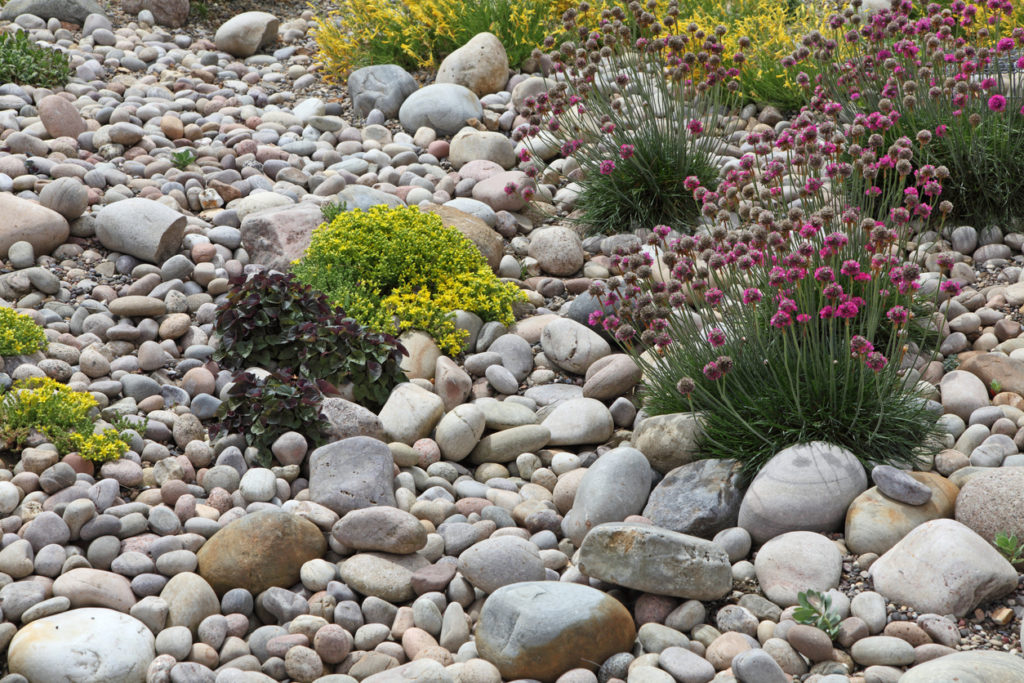
Step 1: Do Your Prep Work
Once you know where to put your rock garden, it’s time to clear out the section of the land you plan to use. Clear the area of any grass or other plant material. Make sure to dig up the roots to prevent the grass or plants from growing in your rock garden afterwards.
After the area is cleared of grass, it’s time to build the first course. Typically, rock gardens start on a raised bed which helps with drainage and prevents plants from sitting in stagnant water. Create a base of your largest and least-attractive rocks in a circle of about 1m in diameter. Use sandy soil to fill in the circle to help with more drainage.
Step 2: Create the Main Rock Structure
With the foundation in place, it’s time to create the main rock garden structure. Use any other larger stones you have to create a smaller version of the foundation. Create a smaller circle or line your stones in a straight line passing through the foundation. Leave plenty of room to allow for planting. Don’t be afraid to experiment or test out different stones to achieve the look you’ve created for your rock garden plan!
Step 3: Use Suitable Plants
Once the rocks are laid out in the way you want them, it’s time to start planting. We recommend using any of the plants already mentioned. They’re typically lower maintenance and are relatively drought-tolerant, which is great for rocky bedding. Choose multiple different plants to add in a variety of heights, textures, and colours. This will add visual interest to your rock garden.
Step 4: Maintain the Rock Garden
After the rocks are laid and the plants are in the ground, all you need to do is maintain your new rock garden. Water your plants if they're looking a little dry or if you’ve had little rain. Also, be sure to pull weeds as they sprout so they don’t compete with your rock garden plants.
4 Simple Rock Garden Ideas
Now that you know how to start a rock garden, it’s time to begin creating your design! Here are a few rock garden ideas to help you get inspired for your new project:
1. Add Visual Interest with a Variety of Sizes
Create contrast and visual interest by adding rocks and decorative stones of various sizes. Use larger, rugged rocks in the back and for the foundation of your rock garden. Then choose small stones to fill in spaces after you’ve planted your rock garden plants.
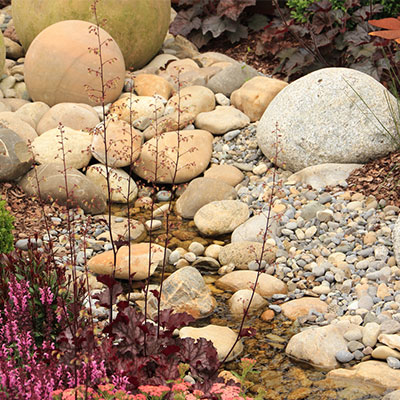
You can do the same thing with your plants. Choose a variety of different plants to add more colour, size, texture, and height to your rock garden. Add ground cover plants at the front of your rock garden, with taller plants, like Lavender, at the back of your rock garden. Add in medium-sized blooms, like Geraniums, in the middle.
2. Create a Rock Garden Theme
Creating an entire rock garden theme is a great way to build a cohesive look. If you love the idea of keeping it traditional, you may want to consider an Asian-inspired rock garden. Use garden ornaments and water features to help you achieve a rock garden theme!
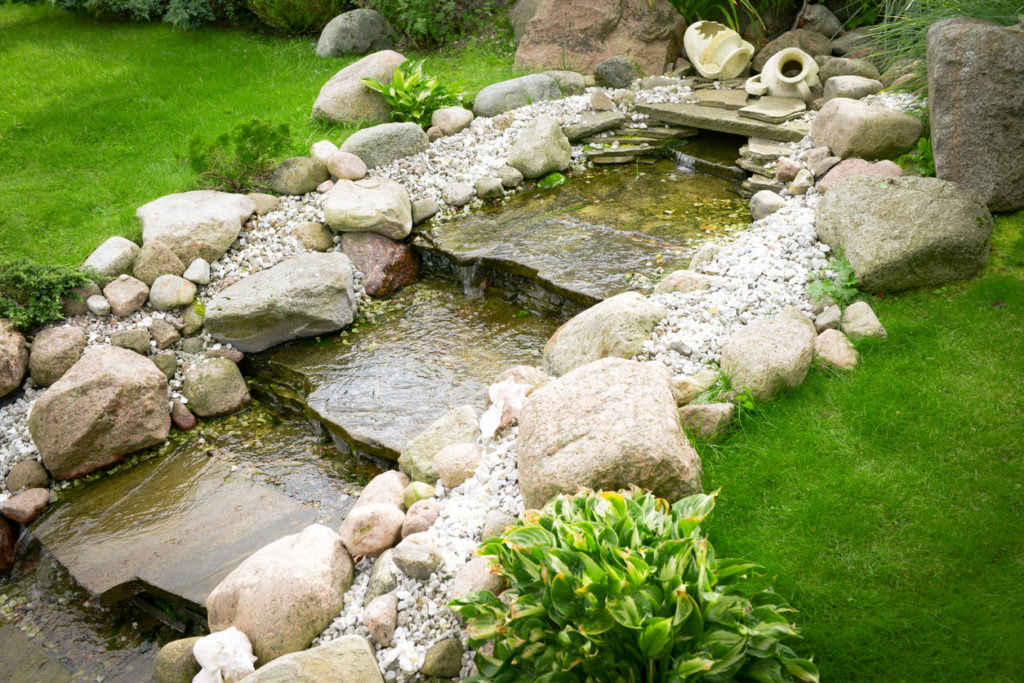
3. Make a More Natural Look with the Right Plants
You can also keep your rock garden looking more natural by choosing plants that prefer rockier terrain. Our list of plants above is a great way to do this. You can also add desert-type plants, like succulents, for an even more natural look.

4. Keep Wildlife in Mind
Adding in certain elements like natural wildflowers, and even a water feature, is a great way to invite wildlife into your back garden. If you’re looking to attract more wildlife to your outdoor space, then keep this in mind when designing your rock garden.
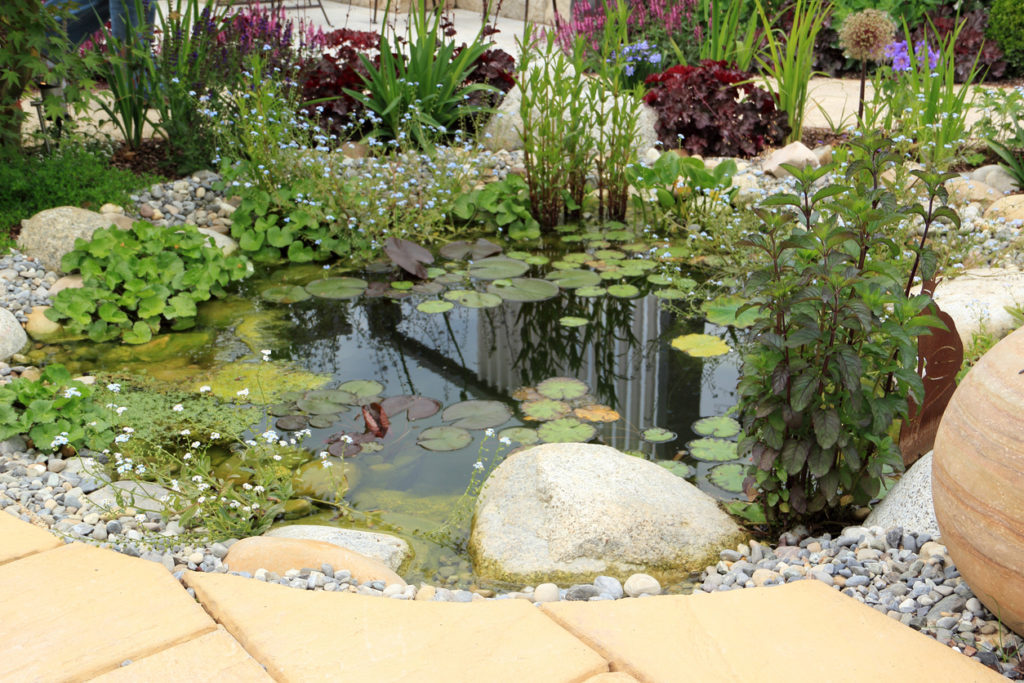
Starting a rock garden is a beautiful, simple idea that will bring life to your outdoor living space. With this handy guide, it’s now easier than ever to do!
Ready to get started? Find everything you need in our Lawn and Garden section!
Woodie's
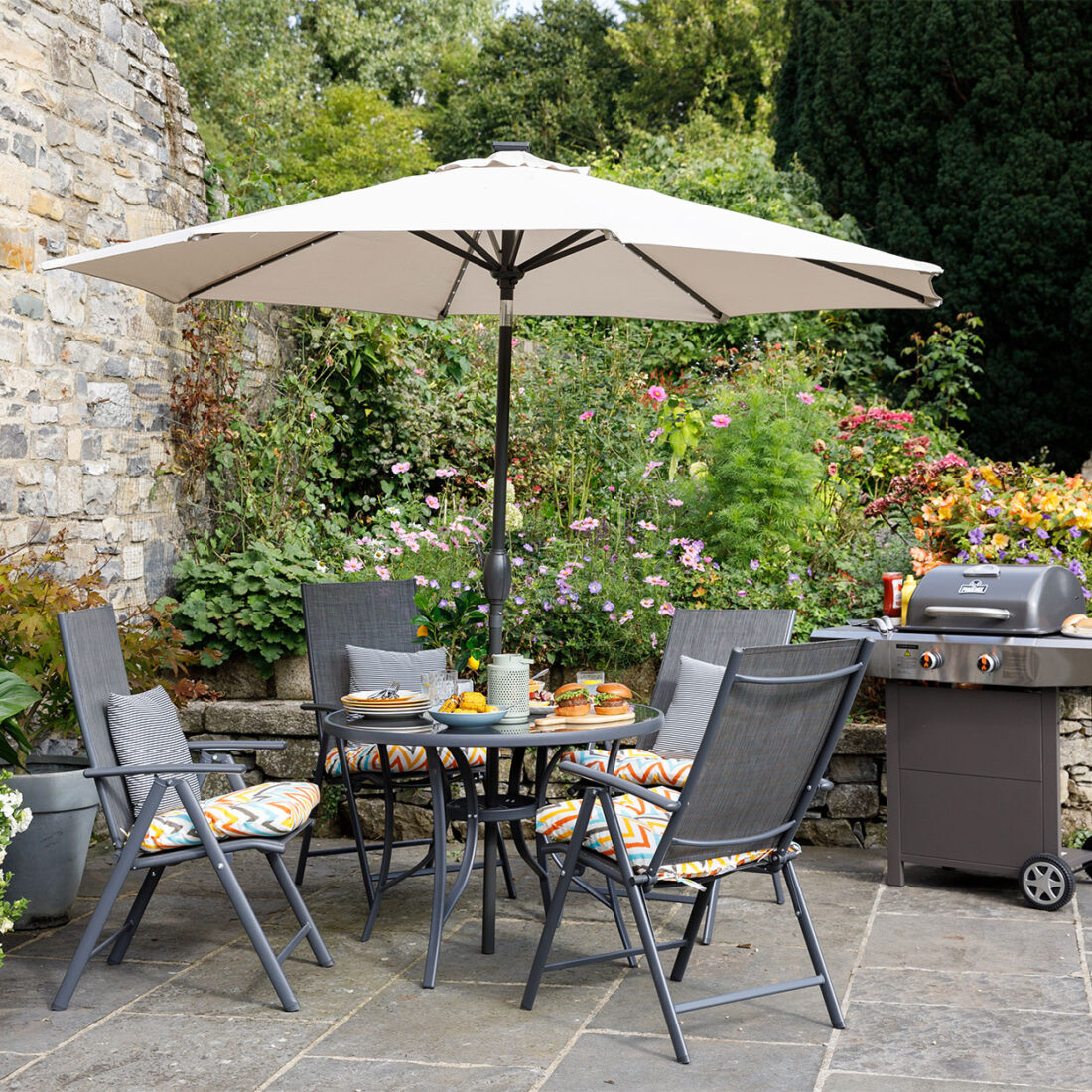
- Lawn & Garden,
- Outdoor Living
16 Simple Ideas to Bring Your Outdoor Space to Life

- Lawn & Garden
6 Types of Soil for Plants: Which Soil is Best for Different Types of Plant Growth?
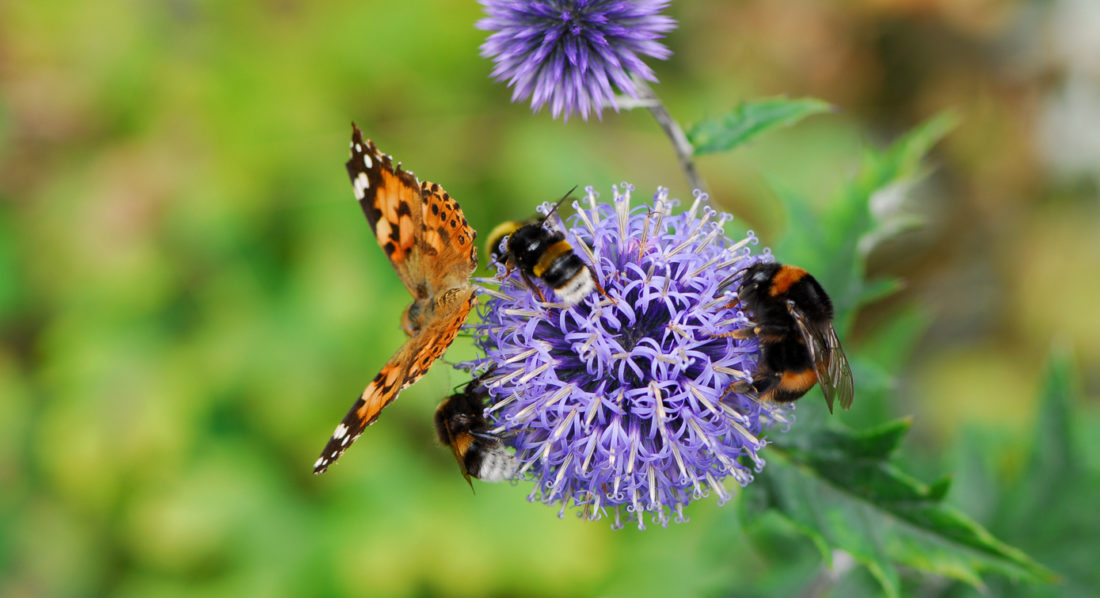
- Lawn & Garden
How to Attract Wildlife to Your Garden: 9 Ideas to Turn it into a Nature Preserve
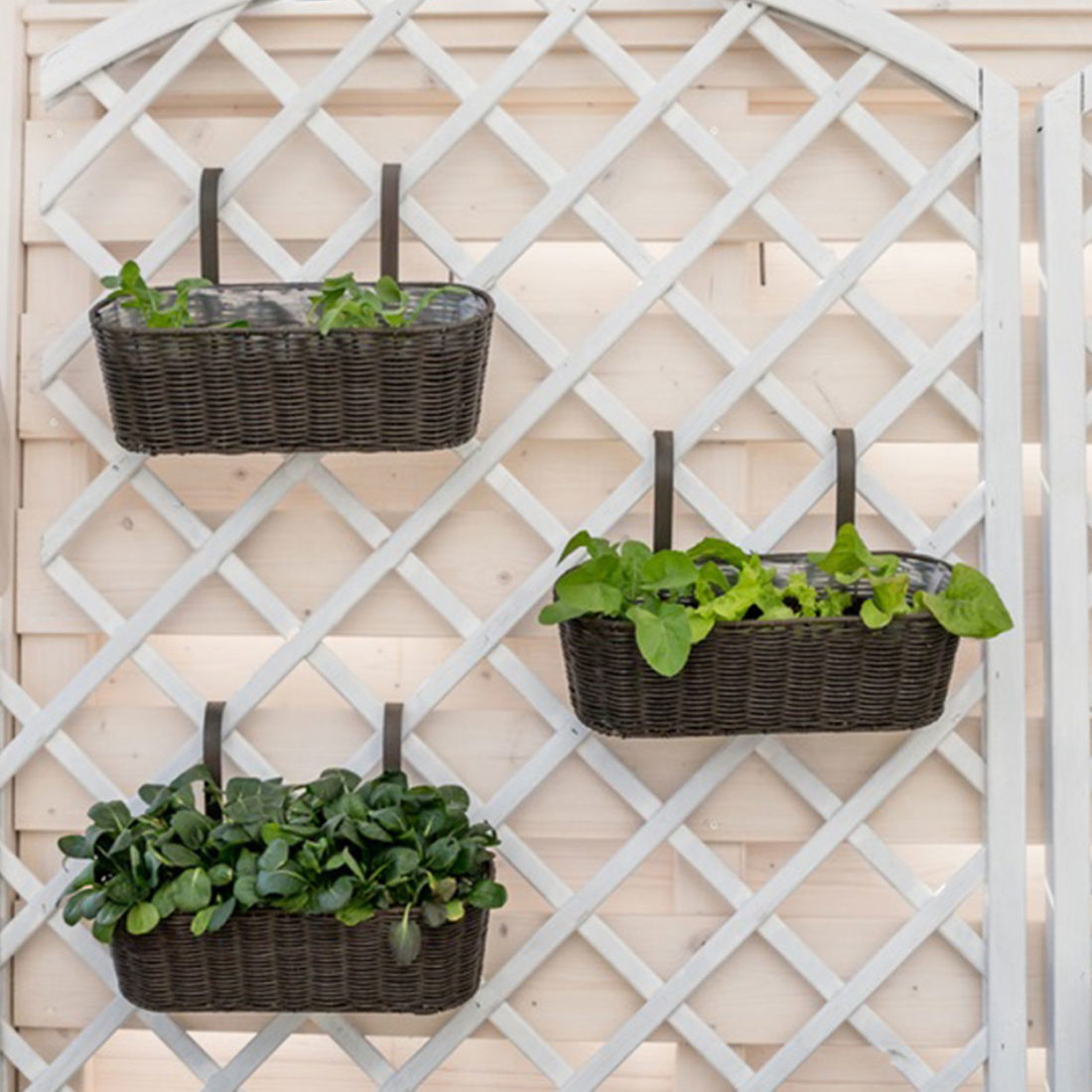
- Lawn & Garden
How to Create a Vertical Hanging Garden
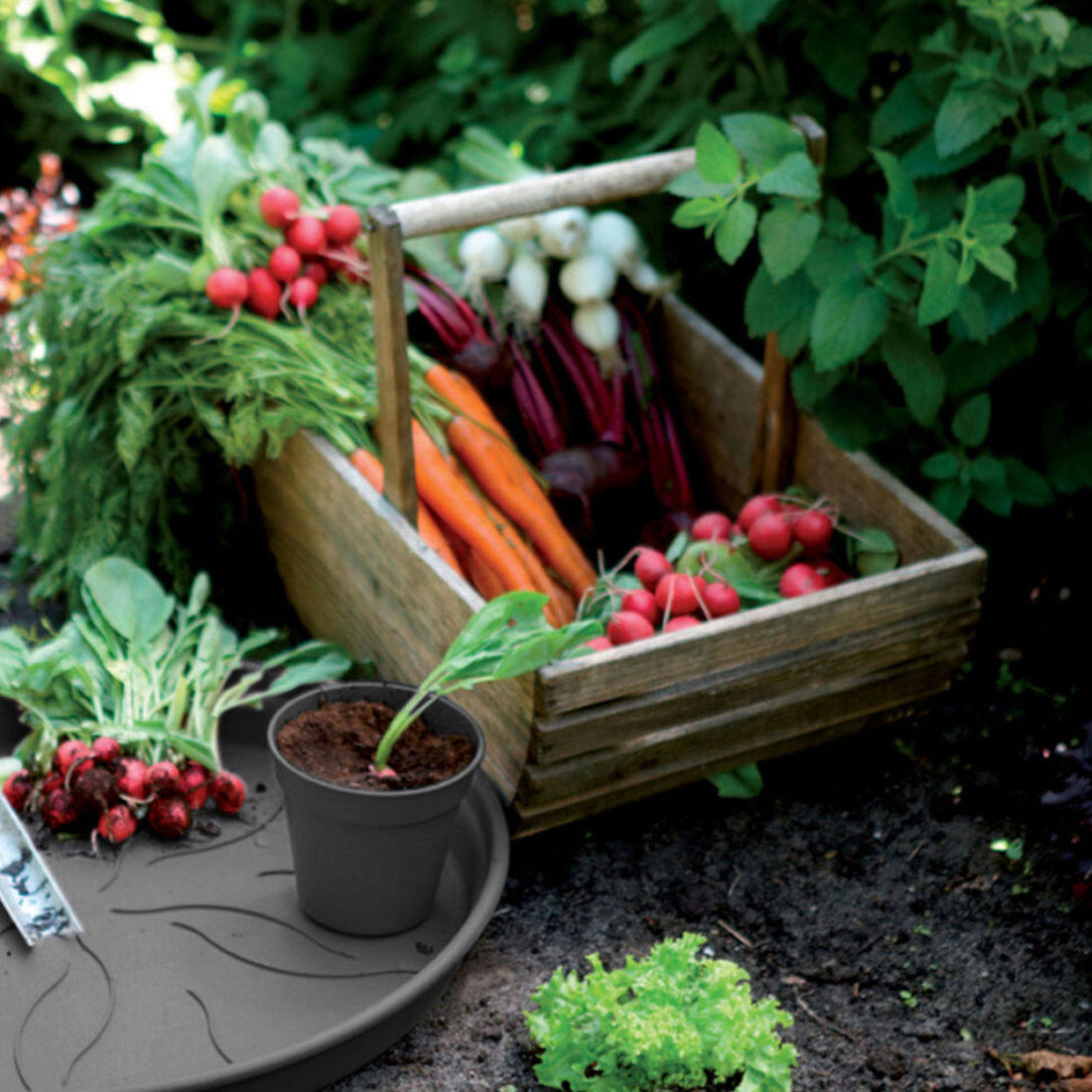
- Lawn & Garden
How to Grow Vegetables from Seeds: Everything You Need to Know
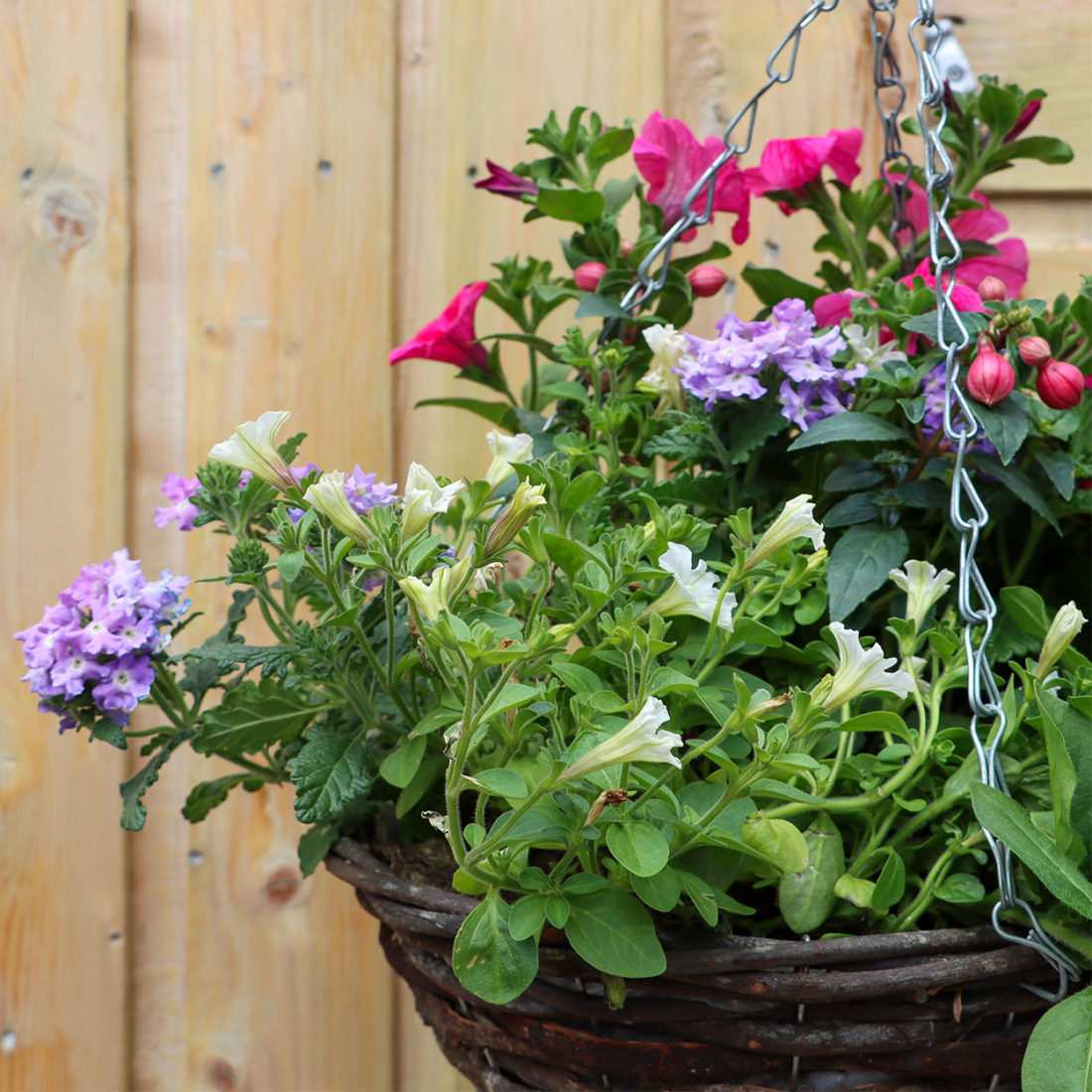
- Lawn & Garden